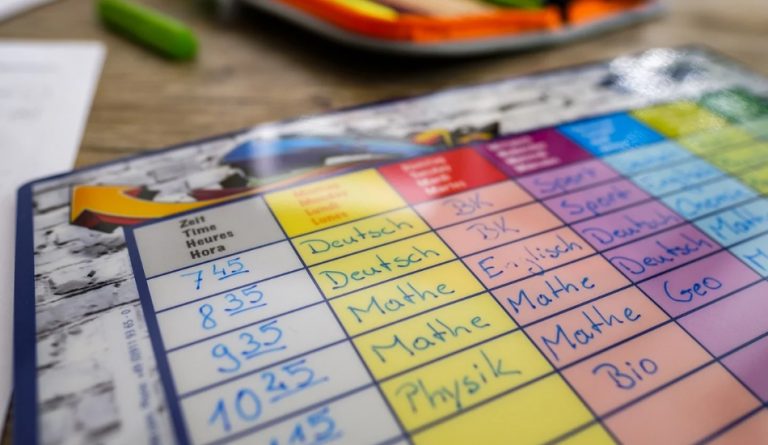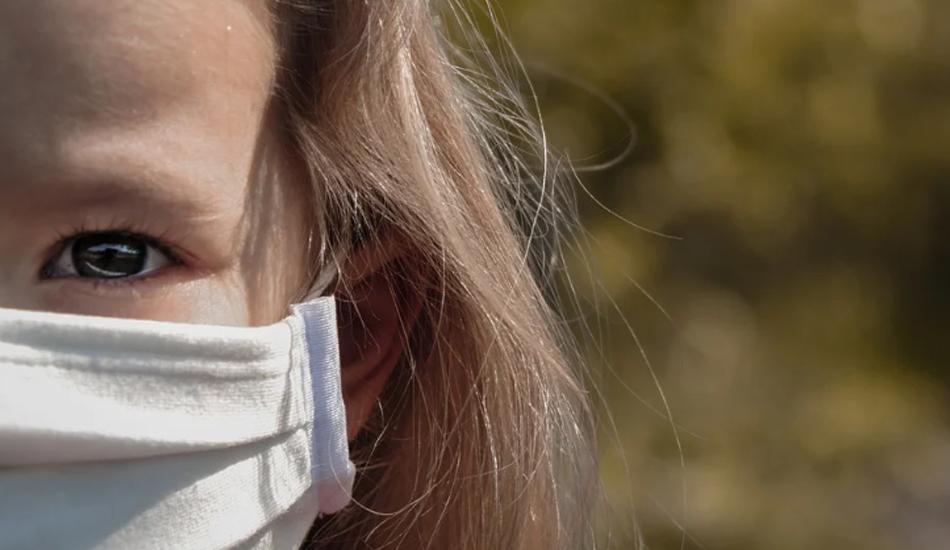According to the U.S. CDC, almost 1 in 54 children is affected by autism. Things are already difficult for such children. The outbreak of COVID-19 is making life even tougher. Many children who suffer from autism reject face masks due to their being uncomfortable. Parents will have to find ways to coax their autistic children into wearing masks.
Autism and face masks
There are several reasons why children who suffer from autism reject face masks. Since these masks block breathing to some extent, autistic children might feel as if they are suffocating. Certain children are so sensitive to touch and external stimuli that the feel of plastics or fabric across their mouths and over their ears will throw them into a fit. Others may not be able to stand the smell of the masks.
Whatever the reason, the fact that children reject masks is a serious problem that cannot be overlooked. Not only does it increase the risk of being infected, but it also raises the possibility that they might end up infecting others. If you plan on walking out with your autistic child and they refuse masks, people might get alarmed. You might even have to stop these walks and restrict the child completely indoors, which is definitely not ideal for people with autism.

The only solution is to coax them into wearing face masks. There are two tactics you can use for this — pairing and shaping. Pairing is the process of introducing unfamiliar objects to autistic children. The idea is to let your child discover and explore the face masks on their own while you positively reinforce their association with the mask with hugs, words of encouragement, rewards, and so on. For instance, we can initially ask the children to touch and feel the mask. When they are comfortable holding it and you are sure that they are ready to wear them, start with the shaping strategy.
“The goal of shaping is to reinforce each small step towards wearing the mask. With pairing, we simply want the child to enjoy holding the mask. Now we may provide the same rewards for; (a) bringing the mask toward their face; (b) touching the mask to the face; (c) allowing us to pull back the elastic; and (d) fitting the elastic over the head,” according to Checkup Newsroom.
When the autistic child does succeed in wearing the mask, do not insist on them wearing it for long periods of time on the first attempt. Instead, let them remove it whenever they want. Once you sense that the child is okay with that, use the rewarding process for extending the wearing sessions for 5 minutes, 10 minutes, 20 minutes, and so on.
Establishing routines

The CCP coronavirus lockdown and restrictions would mean that children are unable to go to school. For a normal child, this might be okay. But for children with autism, this can be rough. Autistic children take comfort in life with set routines. When the routine is disrupted, they might get into emotional turmoil. The experience of being cut off from school, friends, playtime, classes, teachers, etc., can be harsh on such children.
As such, parents should try to ensure that they set up routines at home that closely mimic what the children usually experience at the institution. For instance, one of the parents can hold a few classes in a way that is similar to that of the school; you can make them exercise and play like their school schedule, participate in games, have lunch with them just like they do with their classmates, and so on. The less these children miss school, the better their emotional state will be at home.








